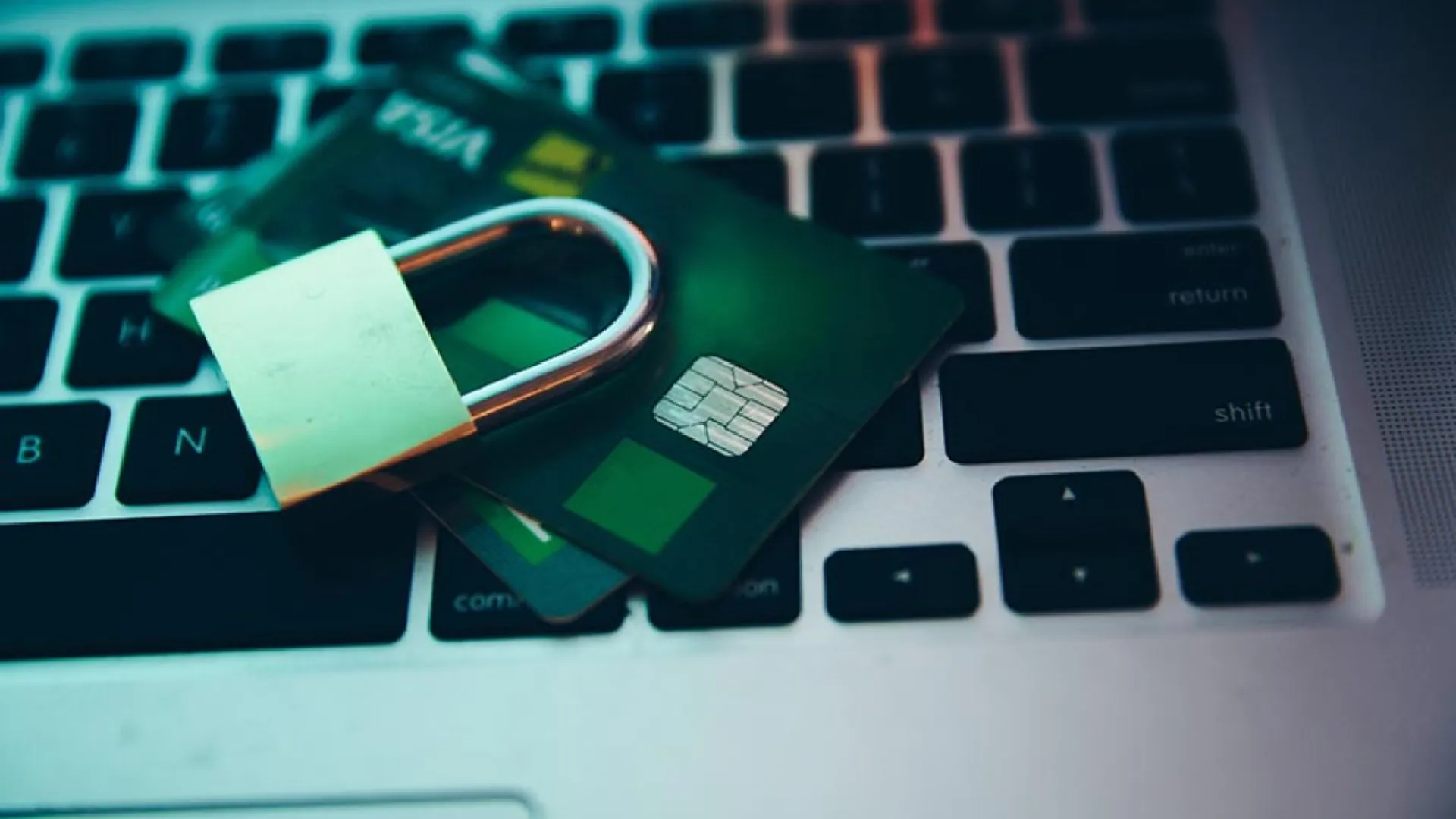FEATURED POST
Identifying Phishing Scams: A Guide to Staying Secure Online
- Get link
- X
- Other Apps
Also read | Microsoft's massive outage explained in 10 points.
Recognizing the signs of a phishing scam is crucial for protecting personal data and maintaining privacy. Here are some common indicators that an email or message might be part of a phishing attempt:
1. Unfamiliar Tone or Greeting: Phishing emails often start with a generic greeting or may use a tone that doesn't match previous communications from the same sender.
2. Grammar and Spelling Errors: Professional organizations typically ensure their communications are free of errors. Frequent grammar or spelling mistakes may indicate a phishing scam.
3. Inconsistencies in Email Addresses, Links, and Domain Names: Scammers may use email addresses or URLs that resemble legitimate ones but with subtle differences or misspellings.
4. Threats or a Sense of Urgency: Phishing attempts often create a false sense of urgency, pressuring recipients to act quickly, usually by threatening negative consequences.
Also read | Understanding the Microsoft Outage: A Comprehensive Overview
5. Suspicious Attachments: Unexpected or unsolicited attachments, especially from unknown senders, could contain malware or viruses.
6. Unusual Requests: Be wary of emails asking for personal or financial information, as legitimate organizations typically do not request sensitive data via email.
7. Short and Sweet Messages: Phishing emails may be brief to avoid detection by spam filters and to encourage quick action from the recipient.
8. Recipient Did Not Initiate the Conversation: If you receive an email response to an inquiry you never made, it's likely a phishing attempt.
9. Mismatched URLs: Hovering over links in an email will show the actual URL. If it doesn't match the text of the link or the context of the email, it's a red flag.
10. Requests to Verify Account Information: Legitimate companies rarely ask customers to verify account information via email. Such requests are often phishing attempts.
Also read | What is CrowdStrike and How it works?
By being aware of these signs, individuals can better protect themselves from falling victim to phishing scams. It's important to remain vigilant and cautious with any communication that asks for personal information or prompts immediate action. When in doubt, contact the organization directly using verified contact information to confirm the legitimacy of the request.
The National Cyber Crime Reporting Portal is a pivotal initiative by the Government of India, designed to enable victims and complainants to report cybercrime incidents online. It specifically addresses cybercrimes with a special focus on offenses against women and children. The portal provides a streamlined process for filing complaints and offers resources for cyber safety and awareness, aiming to create a more secure digital environment for citizens.
Follow @xFor more detailed guidance on recognizing and avoiding phishing scams, resources are available from cybersecurity experts and consumer protection agencies. Staying informed and educated on the latest phishing tactics is the best defense against these malicious attempts to compromise online security.
Also read | Protecting Yourself During a Service Outage: Proactive Measures and Best Practices.
🔽 RELATED VIDEO: This is how Starlink works ↴
📢Like this Article or have something to say? Write to us in the comment section, or connect with us on Facebook Threads Twitter LinkedIn using #TechRecevent.
- Get link
- X
- Other Apps




Comments
Post a Comment
Your comments encourage us to work better.